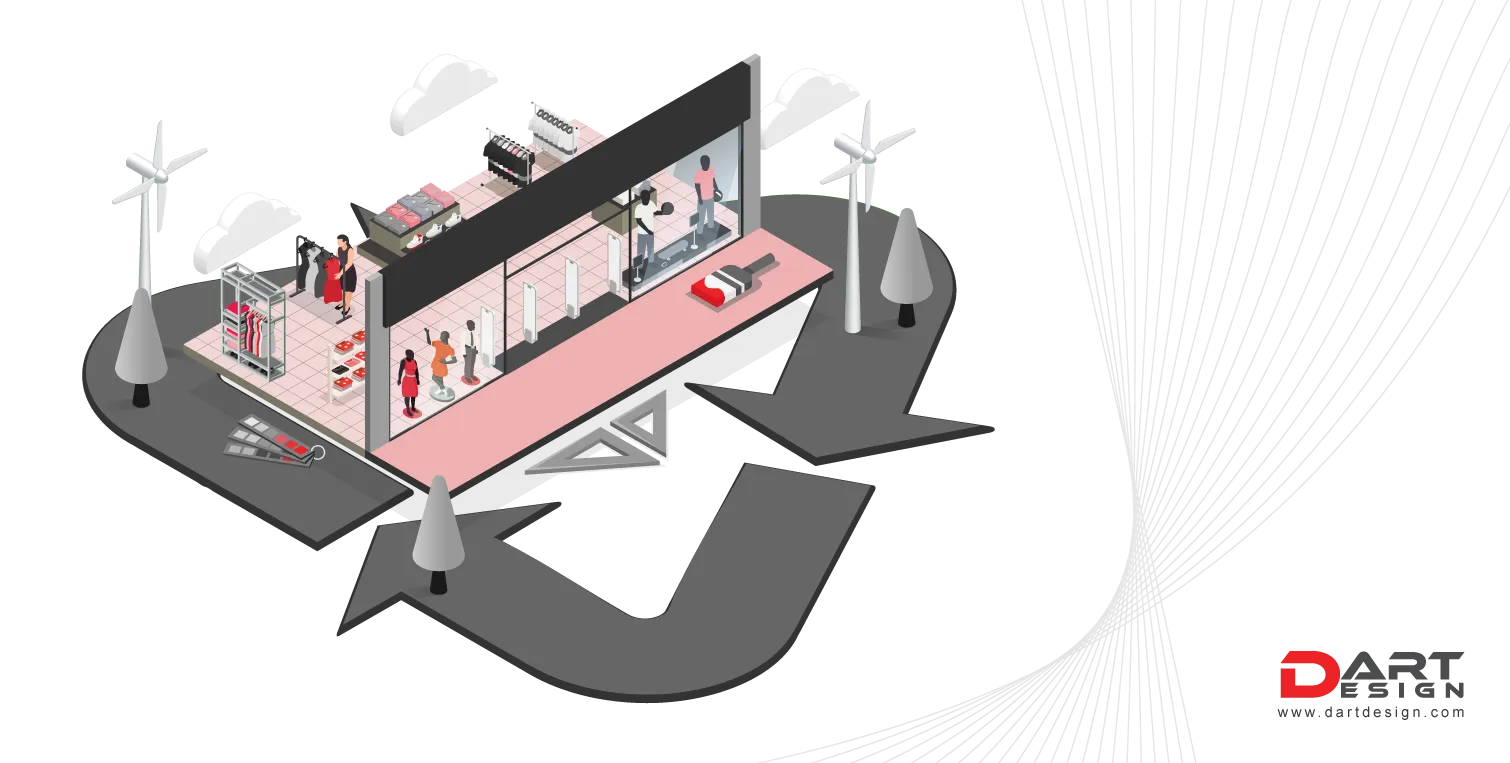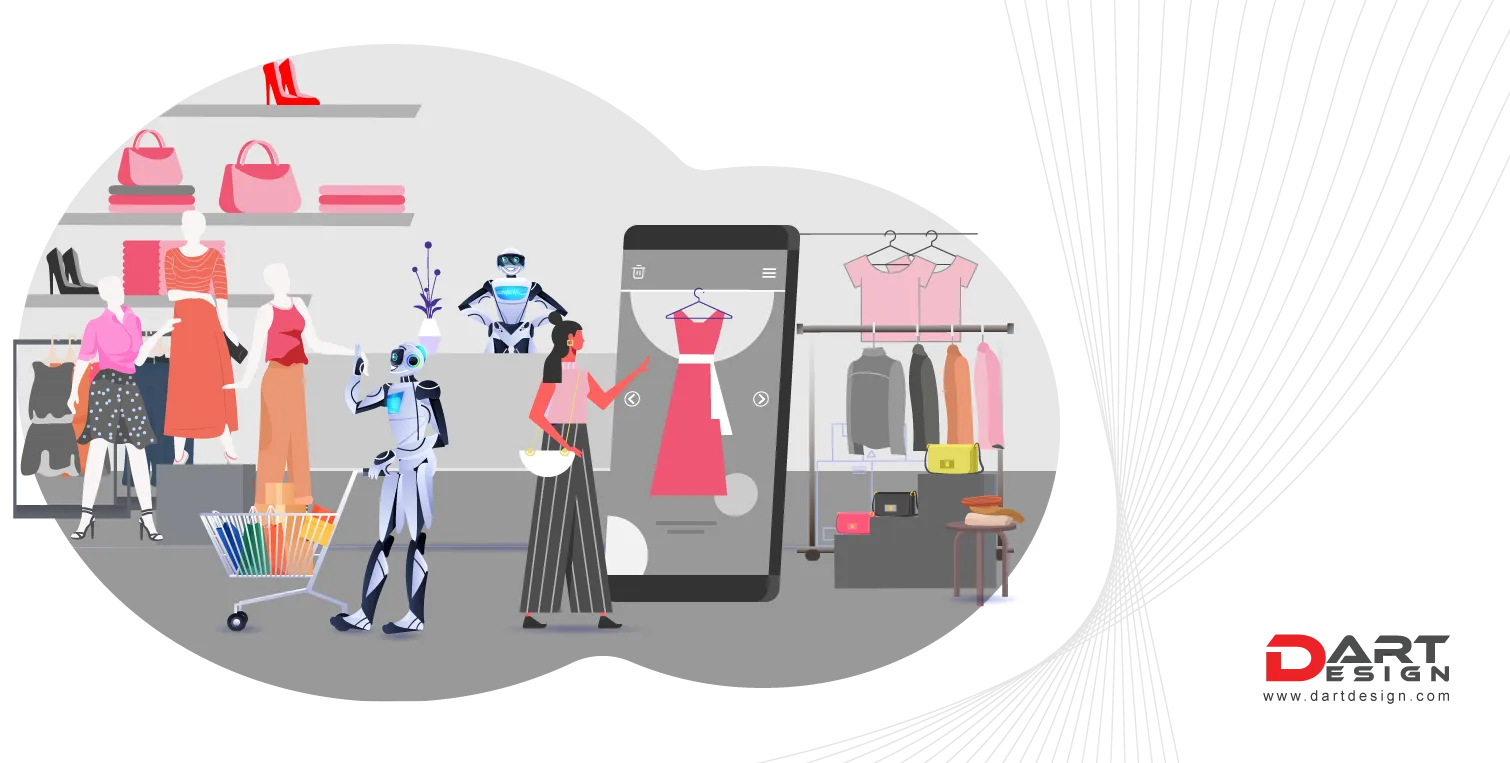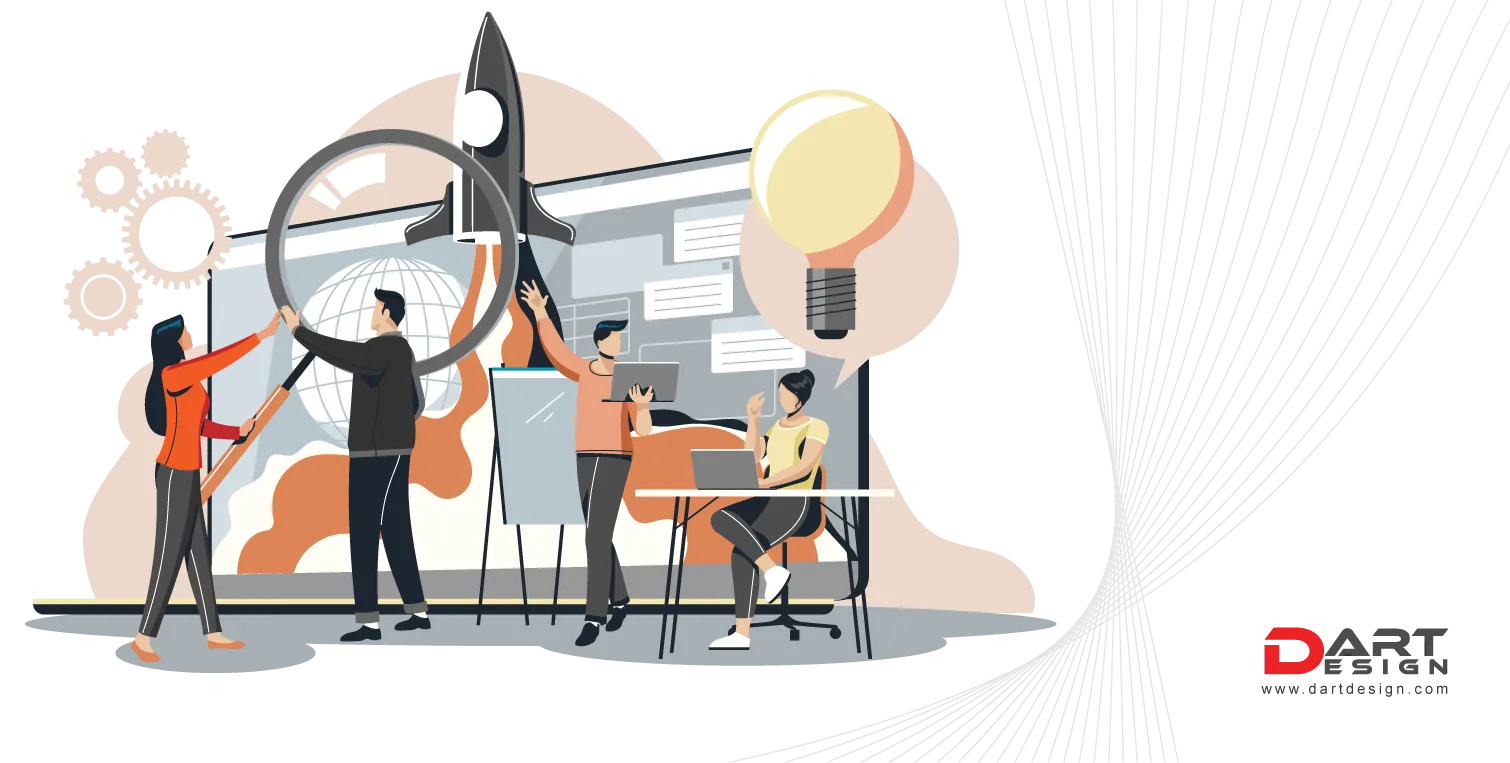Sustainability isn't just a concept to draw profitability anymore. It's the most significant value shift in the world's community, consequential of the climate crisis and several looming threats over biodiversity as the earth's resources stand on the brink of depletion. For centuries, the traditional western-economic mindset empowered businesses with approaches to sustain and thrive. Nevertheless, people are looking at things in a new light. They want consumers to think and approach the communities holistically, and design stays in focus.
In the thick of ecologists and scientific experts sticking up for regenerative approaches for a circular economy, design principles like Bioregional appear at the front to help businesses and designers deal with the more complex obstruction of climate emergency causing grave threats to the ecosystem. For so long, humanity survived through the extraction of resources from nature.
As the course digresses from a linear economy to a regenerative one, plant-based solutions rise at the top, strengthening bioregional design and leveling the relationship between business, planet, and people.
What is Bioregional Design?
Humans have stayed at the core of design for so long, making it accessible, adaptive, and functional. Responsible designers are reevaluating their outlook and giving nature a chance to be at the center, addressing and caring for their rights. The design has the power and sparks to change the world, deconstructing and reorganizing the rules. The answer to the conflict of 'how to design sustainably' comes in the form of Bioregional design- a framework well integrated into the ecosystem which offers value to humans and nature as equal stakeholders.
The design concept refers to surveying, planning, designing, and executing an architecture or a space where its synergies meet and respond to the specific bioregion. Every bioregion functions to make a profit from its regional circular value chain while also protecting its biodiversity. When planning to develop a design in the bioregion, a business has to survey its climate, natural assets, native species, and more. According to the forecast predicted by WGSN, these insights enable the design and production to be synchronized with the bioregion, producing a sustainable environment design and offering regenerative value to the local ecology.
The scientific framework of this design approach holds a firm ground on transparency, giving not just the biome to thrive but the businesses to work on regenerating their value.
The community, the region, and the experiment to design sustainably
People are all about green innovation, seeking experiences and connections with brands that do not just empathize with the depleting planet but are plowing to make a positive contribution that commands change and extends the concept of regeneration. The design takes charge of aligning with local communities first and helping them thrive with the bioregional approach, ensuring their experience and voice align with the brand's service and putting it right into the space design.
It's time for brands to collaborate with eco-biologists, architects, and experts who understand nature, for designs to feel more functional and beneficial for the planet. The bioregional design principle can take its complete form when experiments stay at the core for new ideas to emerge and reinforce sustainability for a circular world. Before the fast industries become obsolete due to their transactional business practices, the thought-leaders must work towards a new way of thinking where people and the planet thrive together through a design cohabitating with their needs.




